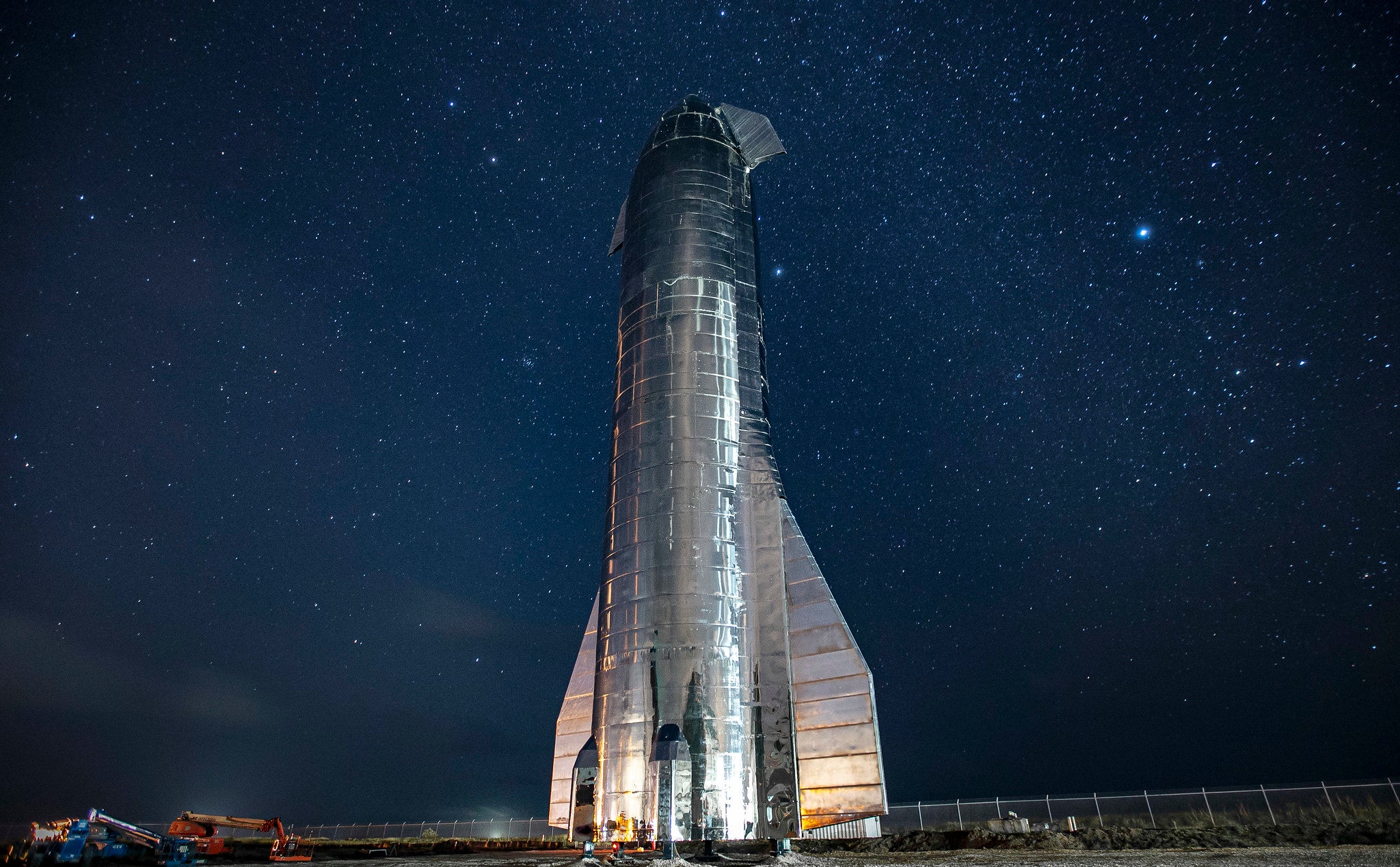FAA gives qualified nod to SpaceX plans in final environmental assessment

After months of delays, the US FAA on Monday issued its final decision in an environmental assessment of a SpaceX proposal to launch the company’s massive, reusable Starship vehicle from a Boca Chica, Texas location SpaceX calls “starbase.”
The final verdict? The path is mostly clear for SpaceX to launch Starship on orbital test flights from Texas, provided the company addresses 75 necessary environmental impact mitigation actions spelled out by the FAA. The actions include steps to minimise noise and protect air and water quality, among others.
SpaceX responded to the FAA decision with a brief but optimistic post on Twitter:
The mirror-like, stainless steel skinned Starship is a large, reusable spacecraft SpaceX hopes will not only replace its current fleet of Dragon spacecraft and land Nasa astronauts on the moon in 2025, but is also key to SpaceX founder and CEO Elon Musk’s plans to build a city on Mars. Stacked atop the SpaceX Super Heavy Booster, Starship is the largest, most powerful rocket ever built.
SpaceX began developing Starship in 2017, and has since flown various iterations of the spacecraft up to 10,000 feet above Starbase, as allowed under its current FAA licence. But to conduct a test flight of Starship and the Super Heavy Booster that actually sees the combined launch vehicle reach orbit, SpaceX must acquire an FAA launch licence.
Before granting a launch licence, the FAA conducted a programmatic environmental assessment of SpaceX’s plans for Starship operations in Texas. Beginning the assessment in November 2020, the regulator initially planned to make a final decision in December 2021, but pushed back the announcement four times.
The FAA could have denied SpaceX a launch licence based on expected environmental impact, could have required the company to go through a more lengthy environmental impact statement process or could have granted a launch licence immediately.
But the FAA’s decision announced on Monday was a “mitigated finding of no significant impact” or FONSI, meaning the FAA won’t give SpaceX a launch licence until the company takes mitigation efforts. Those efforts vary widely, from requiring the company not to schedule launches on certain holidays, to spraying water to keep down the production of dust, to obtaining stormwater discharge permits from the Texas Commission on Environmental Quality.
In its decision, the FAA noted that SpaceX had scaled back its original plans for Starship operations at Starbase, including cancelling plans to build a natural gas processing facility and a seawater desalination plant.
While legal challenges to SpaceX operations are still possible, the FAA decision clears the largest hurdle to SpaceX conducting a long-planned orbital flight test for Starship that will see the spacecraft launch from Texas and splash down in the Pacific Ocean near Hawaii.
SpaceX is also not the only organisation waiting on a Starship test flight to prove the vehicle is spaceworthy. In April 2021, Nasa awarded SpaceX a $2.9bn contract to develop a specialised version of Starship that will carry Nasa astronauts to the surface of the moon as part of the Artemis III mission planned for 2025.
Join our commenting forum
Join thought-provoking conversations, follow other Independent readers and see their replies
Comments
Bookmark popover
Removed from bookmarks